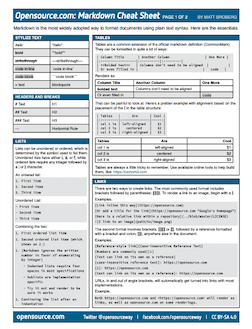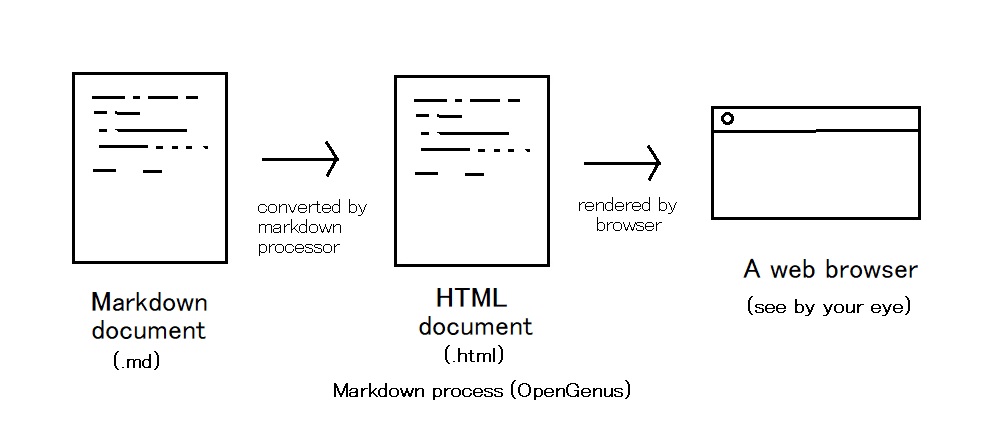Html Markdown Cheat Sheet
Jupyter Notebook is a great tool for data analysis. And one of its greatest features is that you can easily combine runnable code with rich-text annotations. Markdown cells that contain such annotations support both HTML and Markdown syntax.
Personally I prefer # Header (markdown syntax) to <h1>Header</h1> (HTML syntax) in my notebook’s cells as the former looks more human. So I use markdown syntax more often and a concise cheat sheet for Jupyter Notebook markdown is what I was missing for a long time. Yes, I’m aware of such comprehensive cheat sheets like this and this, they are great but too verbal and it’s hard to print them on one page to have it easily accessible.
Eventually, I decided to gather all crucial points of the markdown syntax that are actual for Jupyter notebook and combine them in a concise cheat sheet that I present to you. It doesn’t explain much but should be useful if you simply forgot something. Click the picture to download the PDF version.


Html Markdown Cheat Sheet Download

Markdown Cheatsheet ¶ This is a markdown cheatsheet (orginal source), with slightly modification to fit recommonmark. This is intended as a quick reference and showcase. For more complete info, see John Gruber’s original spec and the Github-flavored Markdown info page. Markdown Cheat Sheet. The HTML element is for creating a “thematic break” between paragraph-level elements. In markdown, you can create a with any of the following: : three consecutive underscores-: three consecutive dashes.: three consecutive asterisks.

Html Markdown Cheat Sheet Examples
I didn’t get into the details of LaTeX syntax (see the penultimate cell in the cheat sheet with the square root of k) since it’s well described here (get ready, it’s a very long document) and you can even download a pretty good cheat sheet here.
